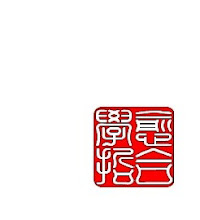 The following except is from the book ‘Hara – The Vital Centre of Man’ by Karlfried Graf Durkheim (Harper Collins).
The following except is from the book ‘Hara – The Vital Centre of Man’ by Karlfried Graf Durkheim (Harper Collins).Hara in Japanese means ‘belly’ and refers to a ‘state in which the individual has found his primal centre’. Durkheim here explains one of the references to Hara in the Japanese language and what it means:
Only with connection with more mature man, the Hara no dekita hito, can one speak of the Hara no okii hito, the man with the big belly. Here the word okii, big, has its special accent only in connection with Hara. It means, as mentioned above, generous, magnanimous, and warm-hearted without any implication of weakness or indulgence. In connection with the phrase Hara no okii hito, there is also the saying seidaku awase nomu, literally, ‘to swallow the pure together with the impure,’ in the sense of ‘accepting’ even ‘welcoming everything’ and giving everything its due place. Saigo Takamori is always cited as one who exemplified this attitude. He was famous for never saying anything disparaging about another. He knew how to give the right place even to the basest of men and to learn something from him. For that reason he was able not only to endure personal ill-fortune but even to welcome it. He could profit by any experience.
.
Photo: Kanazawa Castle, Japan







1 comment:
Beautiful and inspiring website
Post a Comment